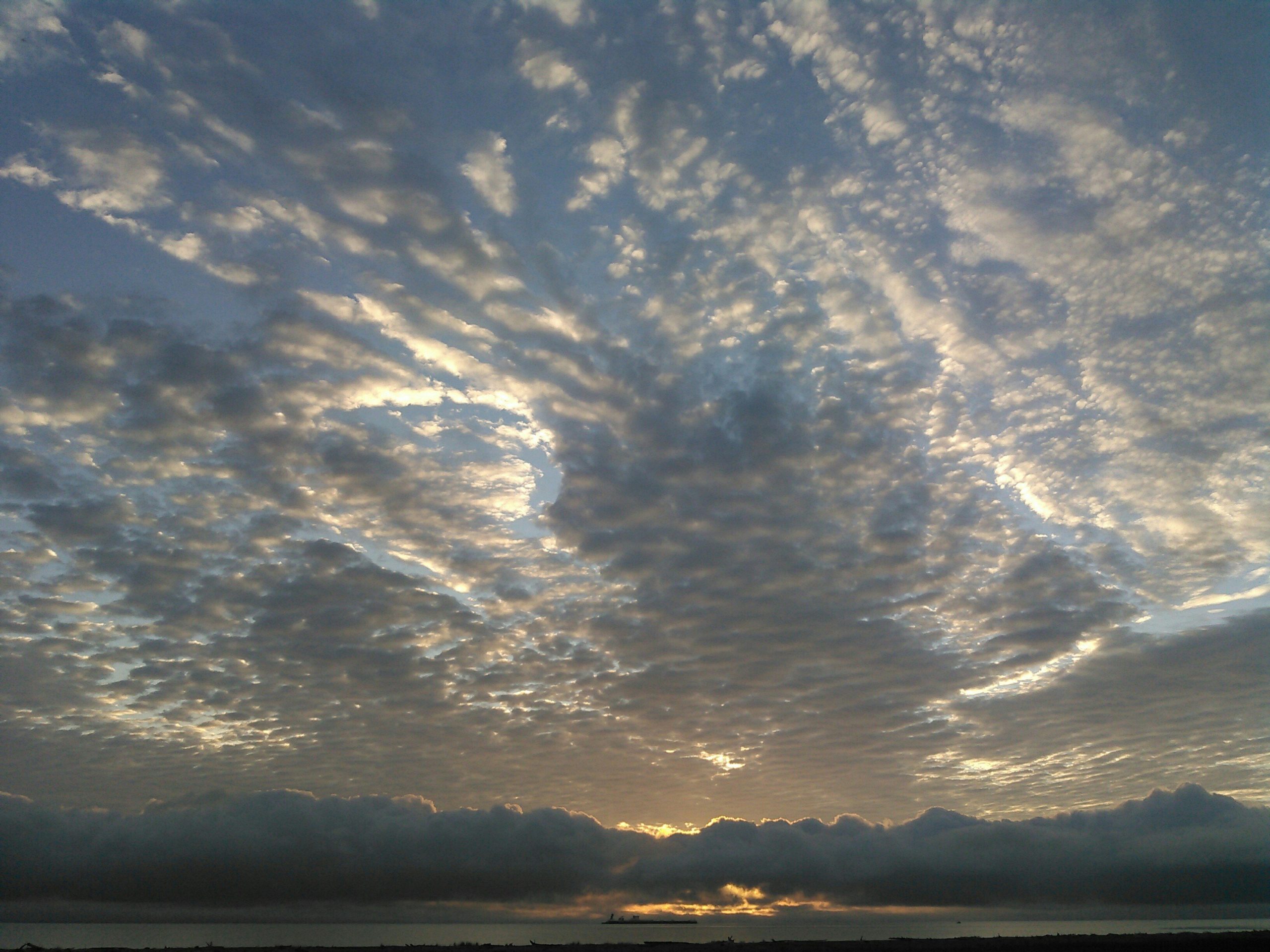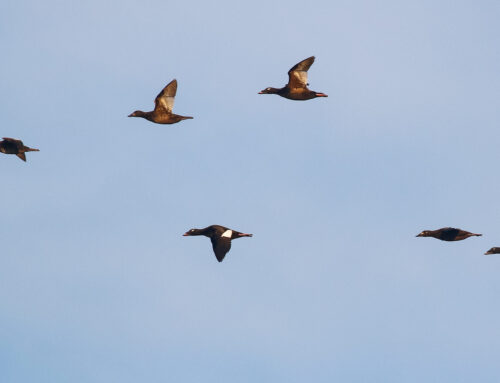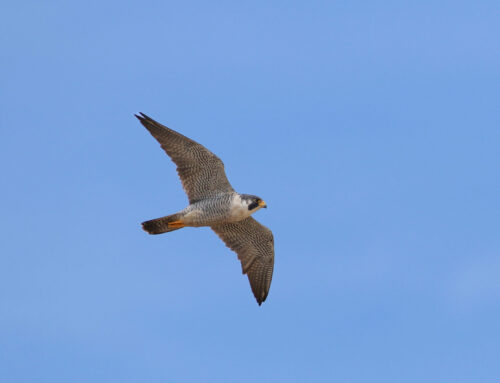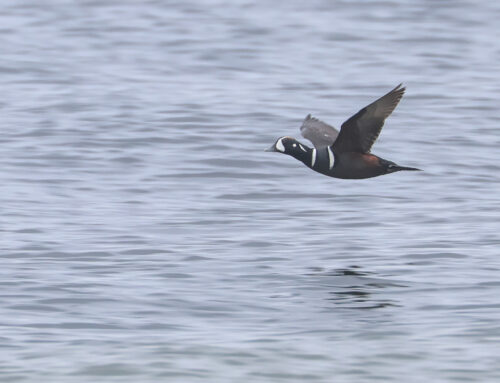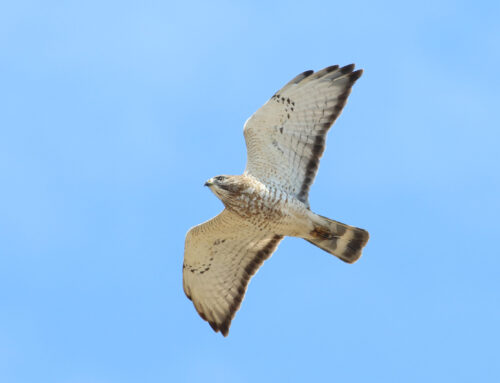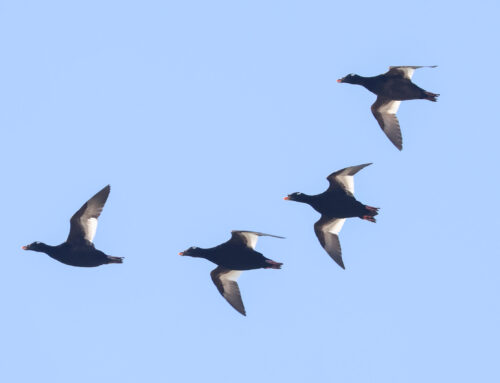Today was an astounding day at Whitefish Point. We had a nice variety of species, some high counts, and a few surprises. 1,413 Red-necked Grebe, 569 Blue-winged Teal, a Black Scoter, two jaegers, and a Whimbrel were some notable sightings. Looking at the forecast, today looked like it was going to be a day with a lot of movement and I’ll share why we anticipated that.
In general, birds on migration like a tailwind. Here a majority of birds are heading southeast and a nice northwest wind gives them a welcome push. Wind is one factor, but there are many others that have a significant influence. Today’s movement was aided by a cold front that passed by during the count period fairly early on in the day. We saw the most movement on the leading edge of this frontal boundary. As a reminder, these fronts are boundaries between different air masses with different tracks and origins. As these weather systems move they influence the birds, bats, and insects that migrate.
The weather not only affects how and when species move about but also what species are on the move. For instance, we tend to see Peregrine Falcon during the mess between fronts. While winds from the northwest tend to facilitate high numbers of migrants, they definitely aren’t the only winds we watch for. A more northerly wind can push the birds closer to shore for better viewing. A few days ago when the winds were strong from the south some migrants, encountering stiff headwinds, took rest on the point or moved by slower than when aided by a tailwind. Last week when we were between occluded and stationary fronts things were pretty quiet. Even when the wind was favorable birds weren’t significantly moving.
Looking at the forecast is a start. If the temperature and humidity are due to drop with the arrival of northwest winds, it’s likely there will be good movement. If you want to look deeper, the surface maps show the path of the fronts, lows, and tracks of the moving air masses. At the upper levels, you can see features such as troughs and lows that can supplement the surface conditions. Radar is an increasingly useful tool in understanding migration. Birdcast offers easy-to-read products around spring and fall migration. Watching radar stations can show the massive amounts of movement that are happening and how it interacts with the weather. This is increasingly being used to add to our understanding of the phenology of aerial migrating life, as highlighted in research in journals such as Ecography.
This is all to say, when there aren’t birds active flying, we spend a lot of time talking about why they aren’t. When they are flying, we spend a lot of time talking about why they are.
Text and Photo by Steve Backus, 2020 Fall Waterbird Counter

